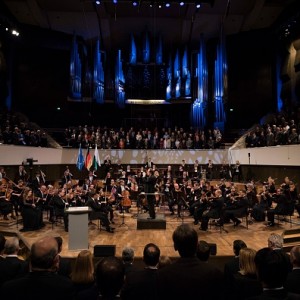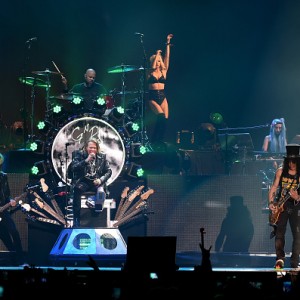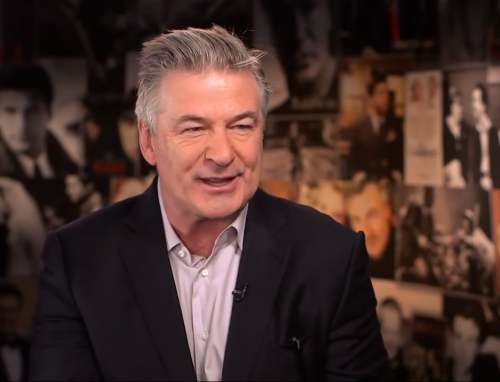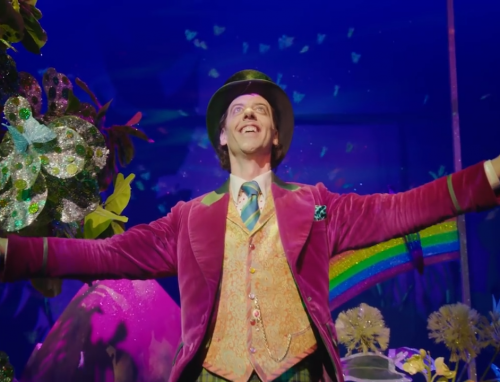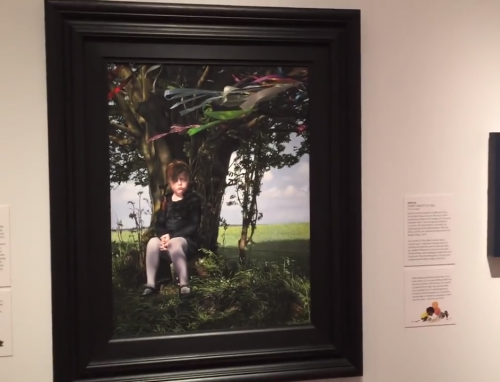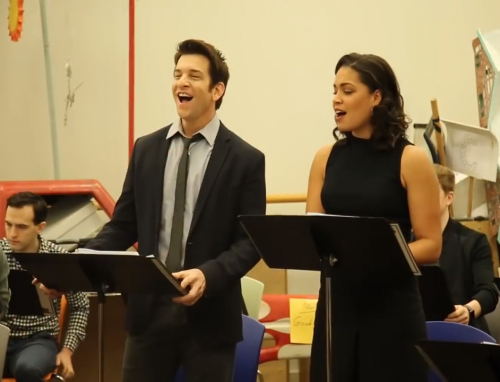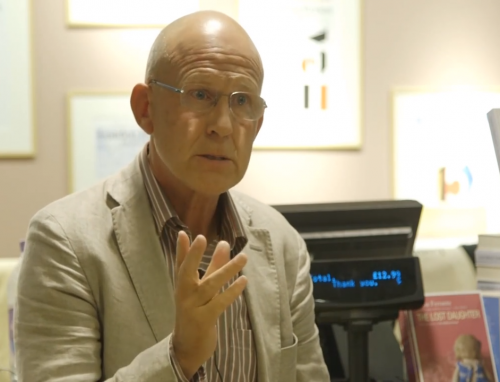Dancing With The Swords: Using Weapon The Right Way
'The pen is mightier than the sword' goes the age old adage but some specific dancers believe the sword is more rhythmic than the pen. Welcome to the world of 'Sword Dancing'!
From the time immemorial men demonstrate their prowess over their rivals and sword has been an essential part of their arsenal. Innumerable war poems and songs mention them and their proud wielders. Some of that appreciation lead the way to sword folk dances and it quickly became a tradition followed by many different cultures.
Sword dances accompanied by accolades for the soldiers and martyrs of the homeland narrated unforgettable stories of bravery and courage. In many countries sword dance programs take place during the annual festivals. There is vast difference in the costumes, stories, movements and music of various sword dances but the sword that's normally used to cut and seperate, ironically binds them all together.
According to Britannica in Europe alone there is Scottish sword dance, the Cotswold morris dance, continental dances as the Bouffons and Mattachins, the rapper sword and long sword dance forms along with many local and diversified forms. These sword dances take a significant art form in Countries like China, parts of South Asia, India and the Middle East.
In Scotland this custom dates back to the 15th century. The oldest reference of these dances are recorded in the Scotichronicon compiled by Walter Bower in the 1440s using bagpipes. In china the sword dance is known as jian wu and started as a military training exercise with swords, scimitars and spears, this dance is also performed in the Chinese opera and its sometimes considered a way to communicate with the Supernatural.
In India the Paika Akhada in Orissa and Kalaripayatu in Kerala are performed during the festivals. On the other hand Choliya in the hilly region of Kumaon is meant to ward off evil spirits. Other than these, the chhau sword dance, Gujarat sword dance, the Khasi and Bhotiya sword dance, Lakharu-li sword dance and Khaijama-Phanai sword dances enrich the various indian festivities.
In the Middle East, the swordsmanship between men gave rise to sword dancing (raqs al-saif) which were influenced by Egyptian and Turkish cultures. Egyptian men were involved in an art form known as the el-ard involving sword dancing.
The paintings and sculptures of French artist Jean-Léon Gérôme from the 18th century shows men dancing and balancing sabers on their foreheads. Turkish form of sword dancing known as the Kılıç Kalkan is performed only by men with a sword and shield representing the Ottoman conquest on the city of Bursa where dancing takes place on the beats of sword and shield clanking rather than outsourced music. In Middle East Bedouin dancers are renowned to perform "Arda", a traditional war dance using swords.
In European countries mock battle dances like Greek Xiphism or Moreshka from the island of Korčula in Croatia are ingenuously very popular. Romanian Calusari dance is another form of entertainment for its ardent fans.
According to Street Swing there is recorded mention of Sword dance in Zurich and Nuremberg, Germany as early as 1350. In Italy Saltatio Artatum a sword battle inspired dance was part of the old tradition while now Spandoneri sword dance in the end of January hails the rebirth of vegetation and nature.
In England Hilt and Point sword dance was very popular and from there it spread to areas of North America. The New York City Sword Ale is an annual gathering of various teams on the eve of the Presidents' Day.
The roots of sword dancing go deep in the history of human civilization but its a dying art calling for a revival. Between war and celebration there is a sword for everyone. Depending on what the wielder wants it to be, It can be both power and freedom. Bravery and poetry.
© 2025 The Classical Arts, All rights reserved. Do not reproduce without permission.TagsDance, Sword Dance, Weapon Dance, Asia, Europe


